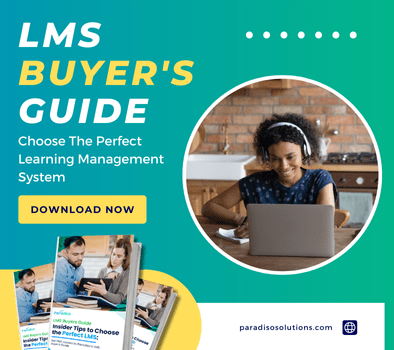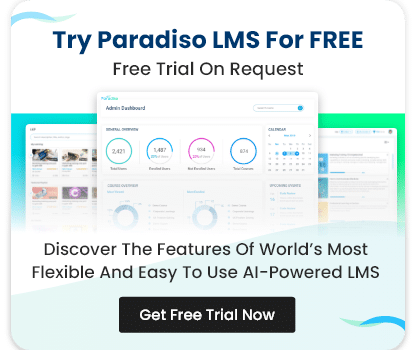The eLearning industry has experienced consistent growth, with organizations worldwide recognizing the importance of learning and development as a core function to foster their growth initiatives. This shift in perspective has been met with enthusiasm by their employees, who see the value in continuous learning and skill development.

We have
something for you!
Are you still figuring out which LMS is the best? Grab the chance to explore the LMS Buyer's Guide and get started.
















